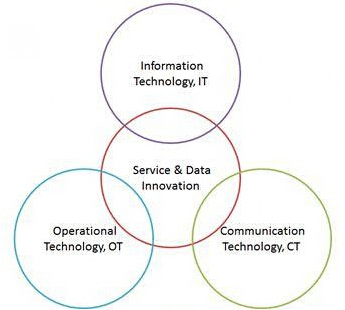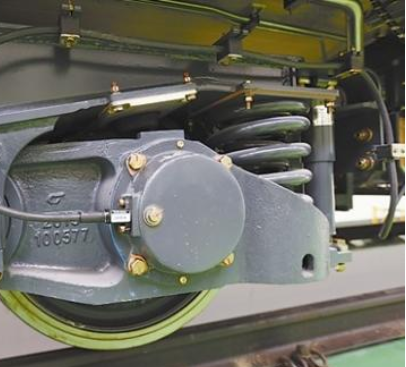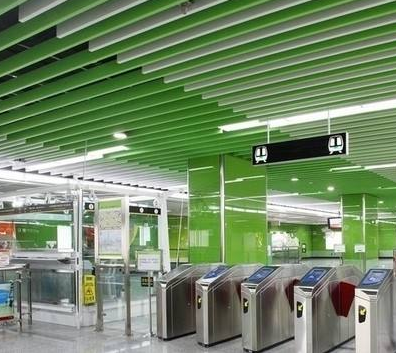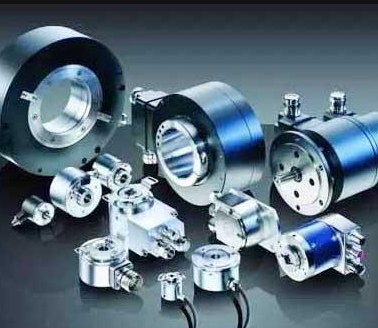In the future, sensors will appear in every important part of the building. The sensors will transmit the various states of the room to the control center of the building in real time, and a large amount of information will be collected and transmitted to the cloud. Whether it is a commercial space or an apartment, the status of each important part, where any errors or problems occur, can be immediately Displayed on the manager's screen. Engineers can not only monitor the air conditioning of a building through a computer, but also view related information through a mobile phone.
In addition to engineers, the owner can also collect different types of data by adding sensors and creating new applications. Not only can information about energy use be collected, the owner can also get suggestions on how to save energy from the system.
With data and automated control systems, saving energy is actually very easy. For example, do you need to turn on the air conditioner at 22 degrees Celsius at 3 in the morning? Do I need to turn on a whole floor of lights when there are only a few people working in an office? What to do if you forget to turn off the lights and air conditioner when you leave? These problems can be solved by automated systems. The system can also automatically identify unoccupied rooms, send notifications to your phone, ask if you need to turn off the air conditioner, or automatically turn them off for you.

For another example, a water cooler can actually be turned off for 20 minutes or even several hours, or the temperature can be increased by several degrees. The excessive energy consumption in a certain room may be due to the low temperature of the air conditioner. So what temperature is the most suitable? When can the lights in the lobby be darkened? These adjustments may seem small, but together they will reduce energy consumption significantly.
According to reports from foreign media, Google ’s data center has begun to use neural network algorithms to predict changes in power consumption, thereby reducing energy consumption. The factors studied by this neural network include the total load of the server, the number of pumps, cooling towers, chiller units, dry coolers, running cold water injection pumps, cooling tower water temperature, wet bulb temperature, outdoor humidity, wind speed, wind direction, etc . The basic idea is still sensors. By deploying tens of thousands of data points to collect information on the power consumption of infrastructure in the data center, and to control fans and cooling systems.
We have reason to believe that similar technologies will enter common buildings around us in the next ten years. In the latest application of automation systems, not only are sensors installed in heating and air conditioning systems, the monitoring can also be extended to every lamp, every fan and every elevator.
This is what commercial buildings of the future look like. Here, everyone can access cloud data from their mobile phones from any place and change the energy settings in the building. If there is no one there, the smart controller will take over and automatically adjust the settings to minimize energy consumption.
















 RCCN WeChat QrCode
RCCN WeChat QrCode Mobile WebSite
Mobile WebSite







